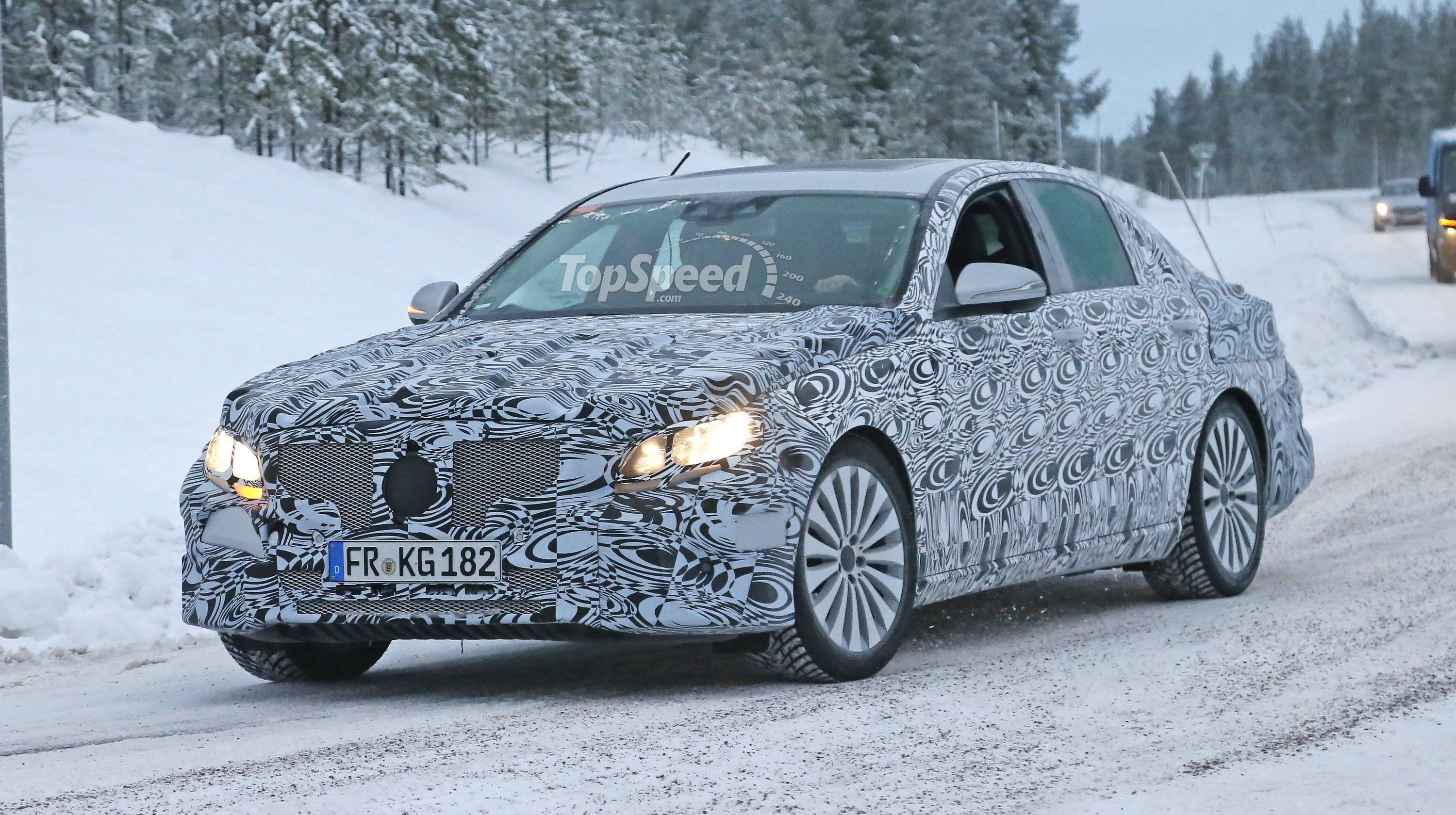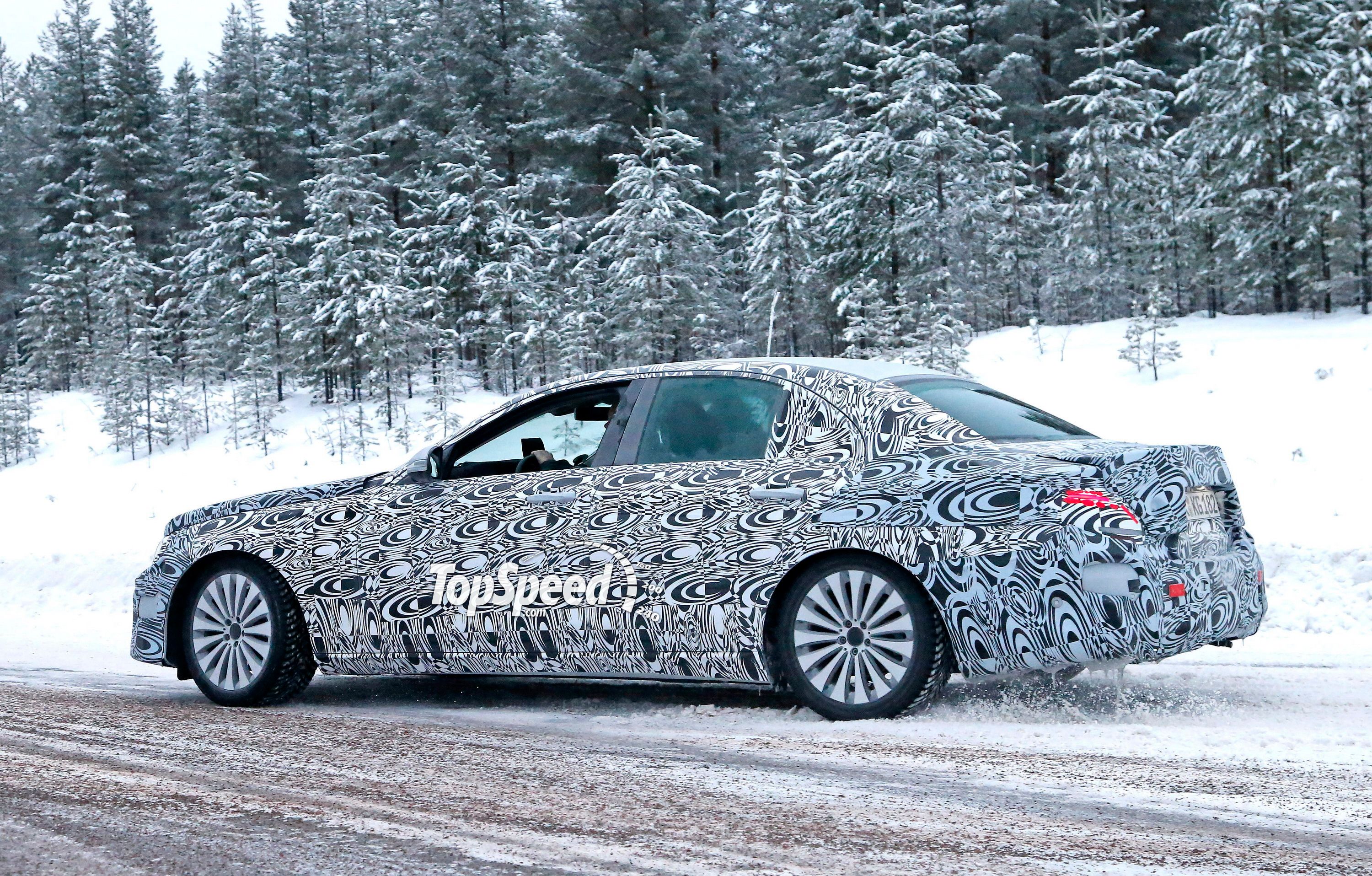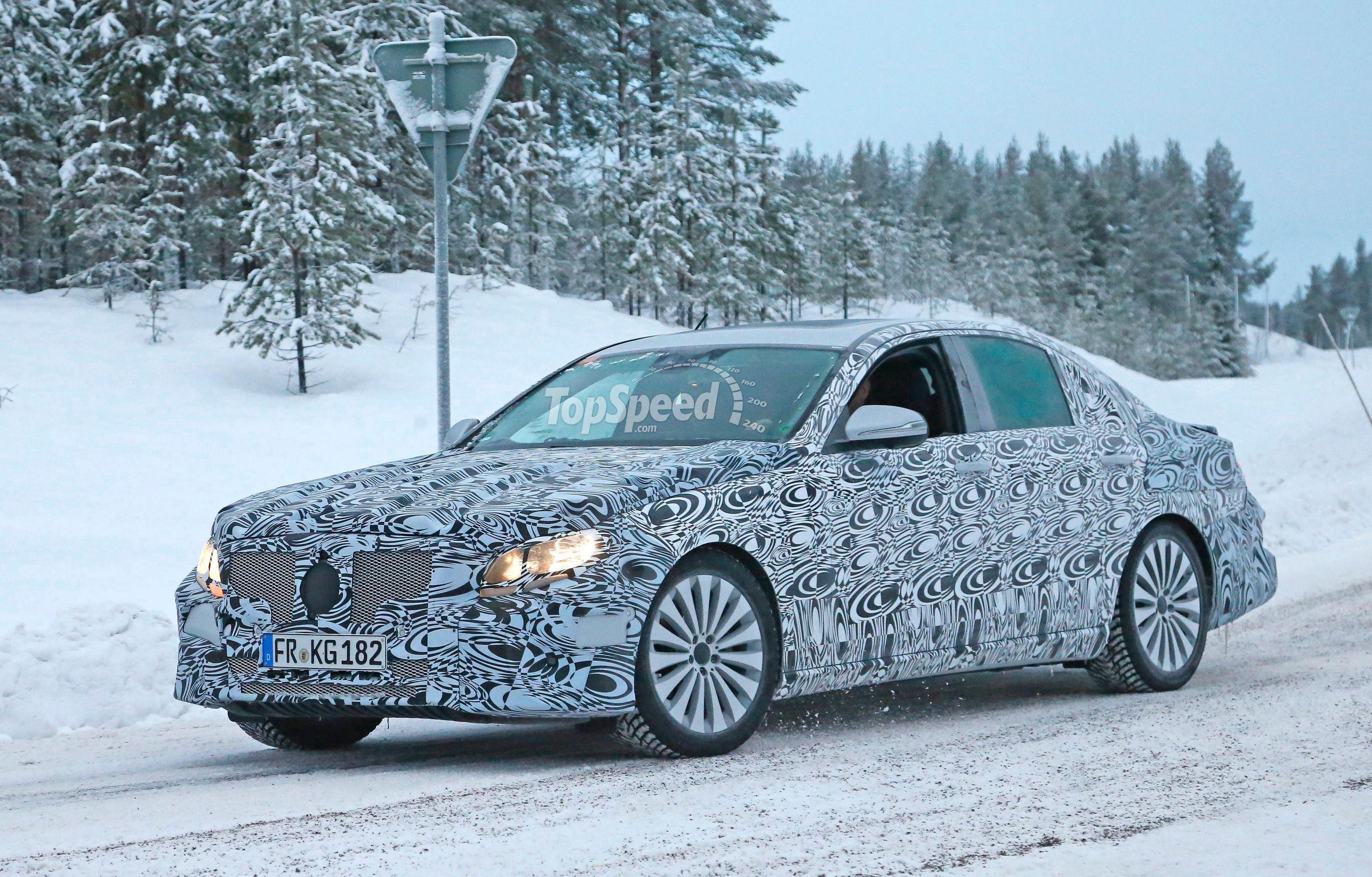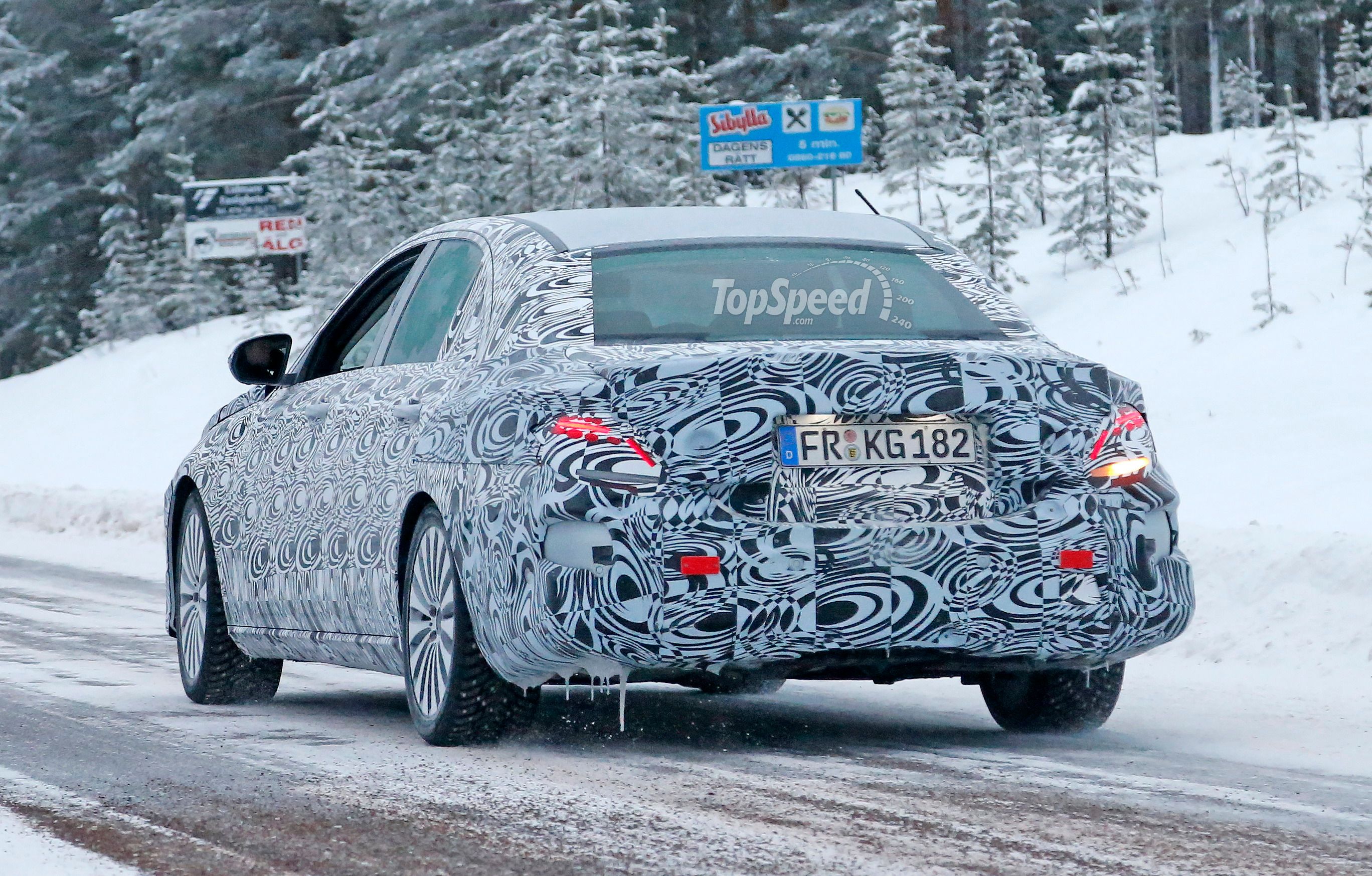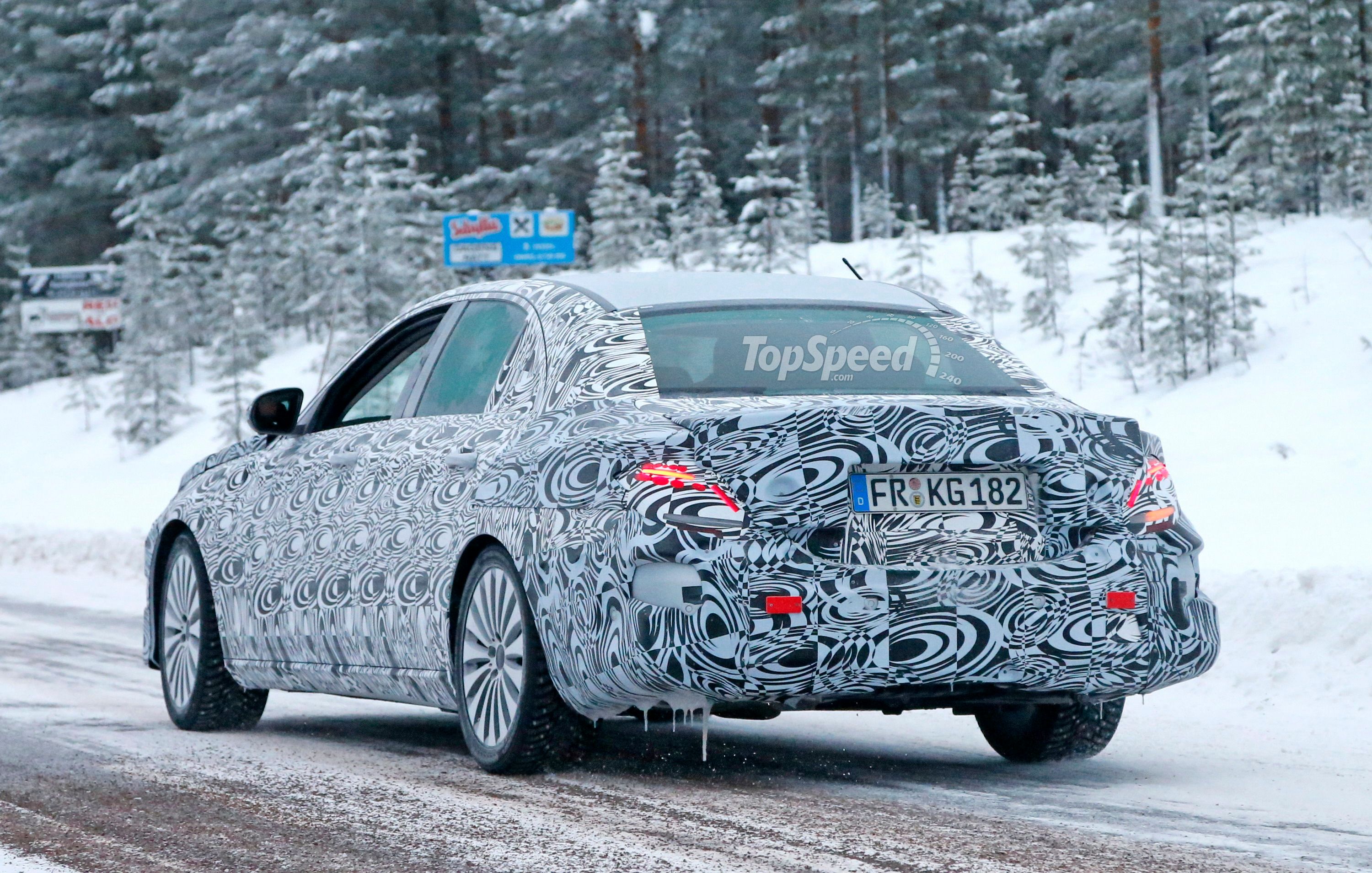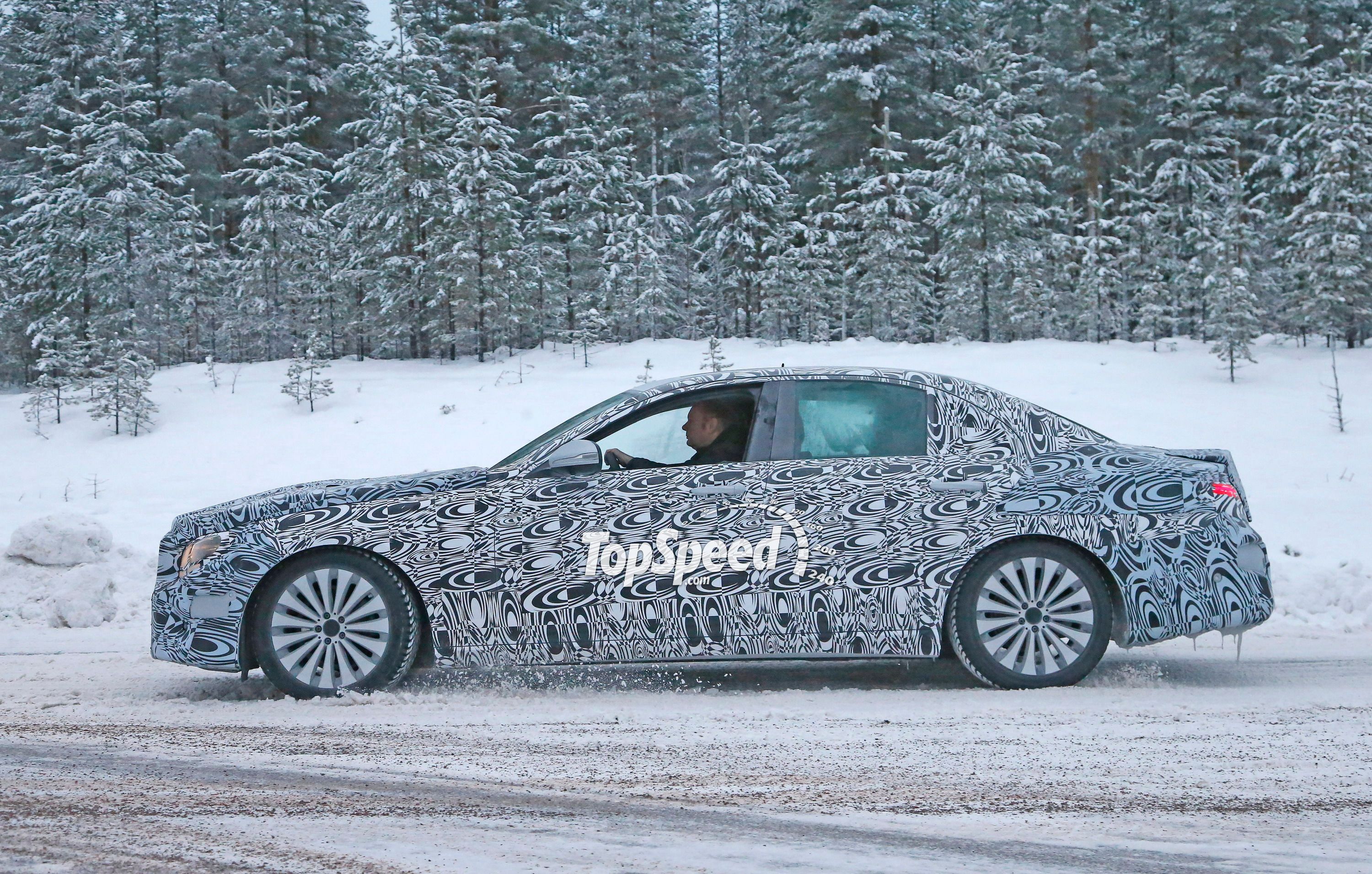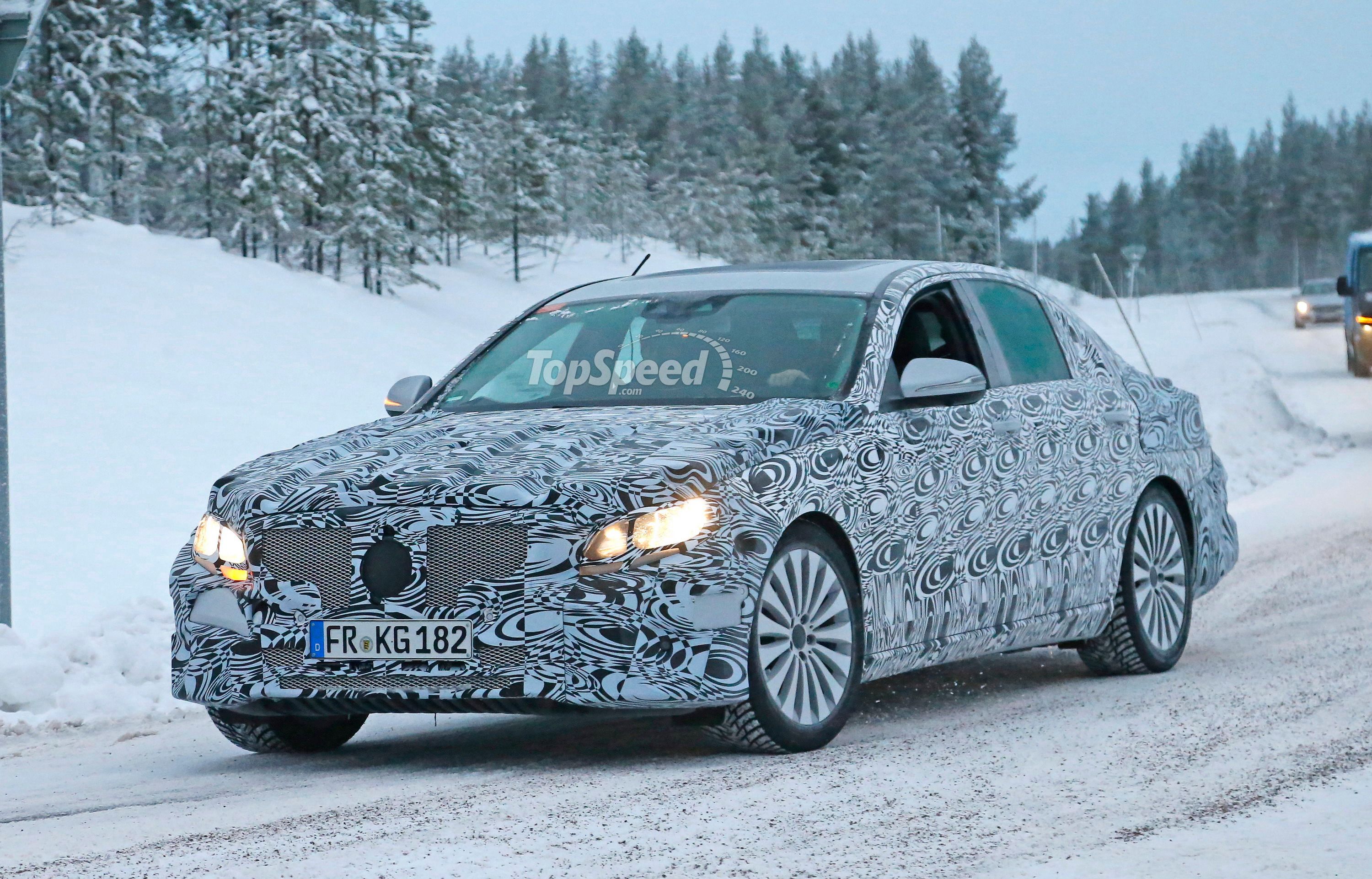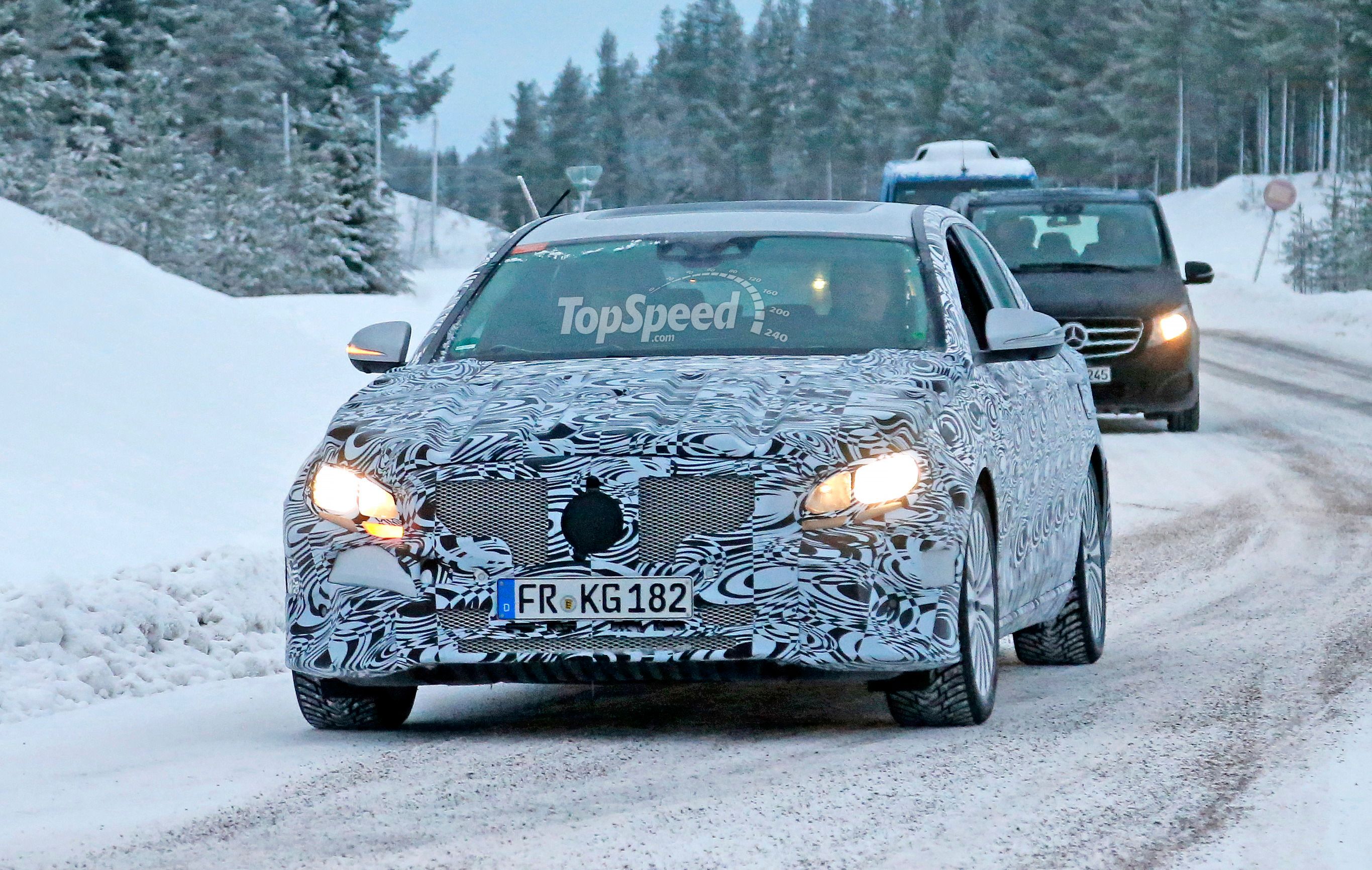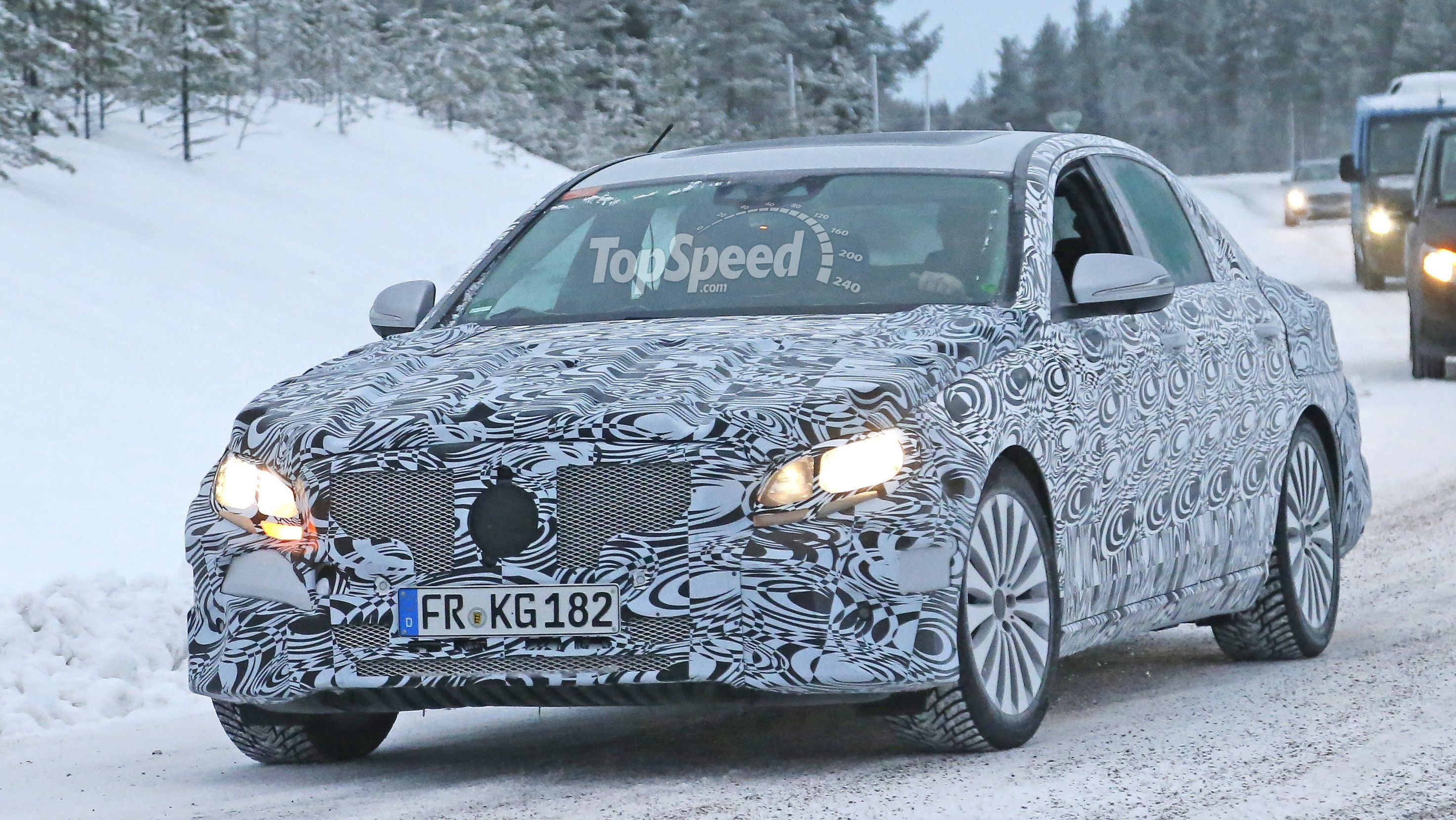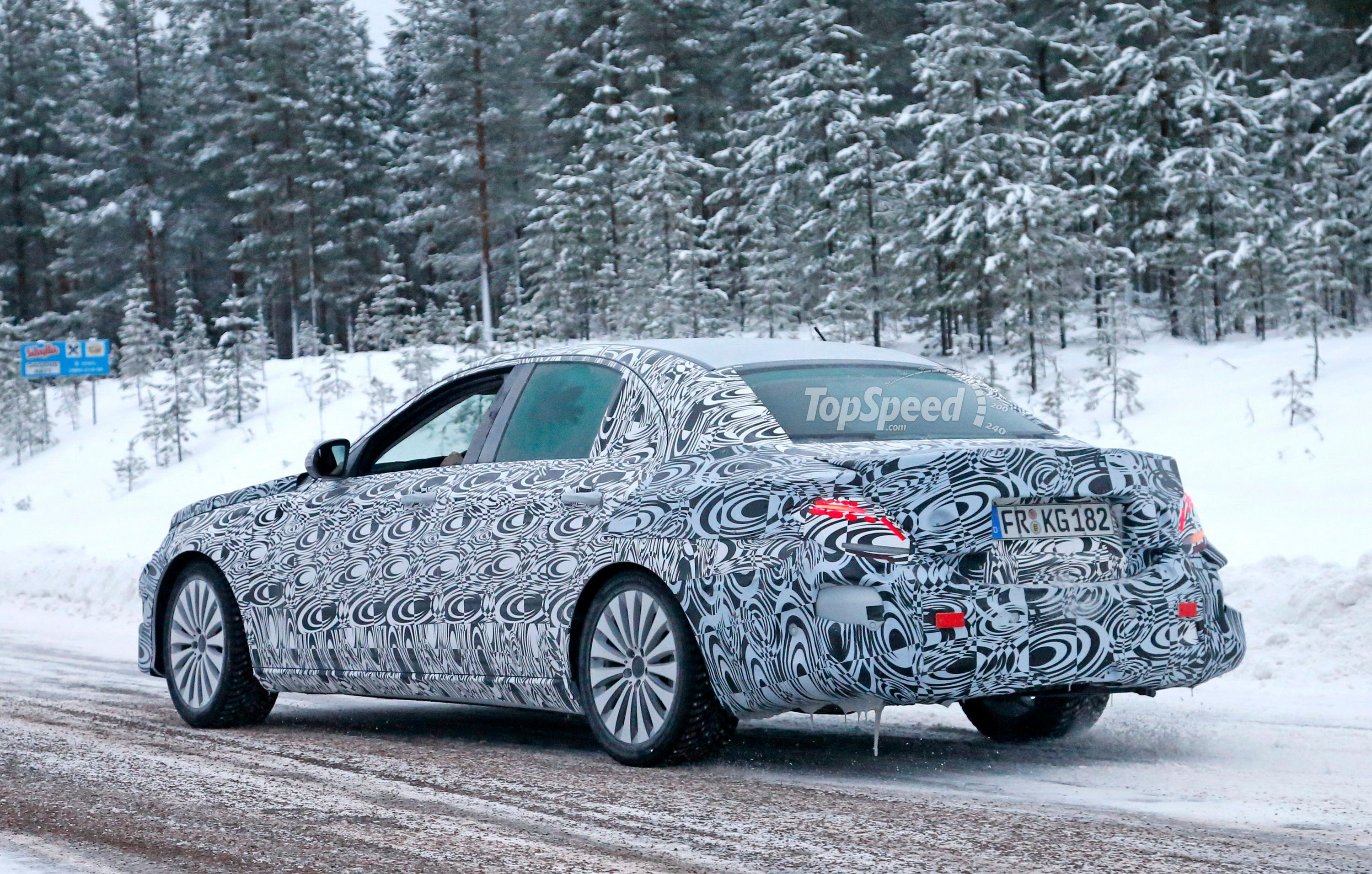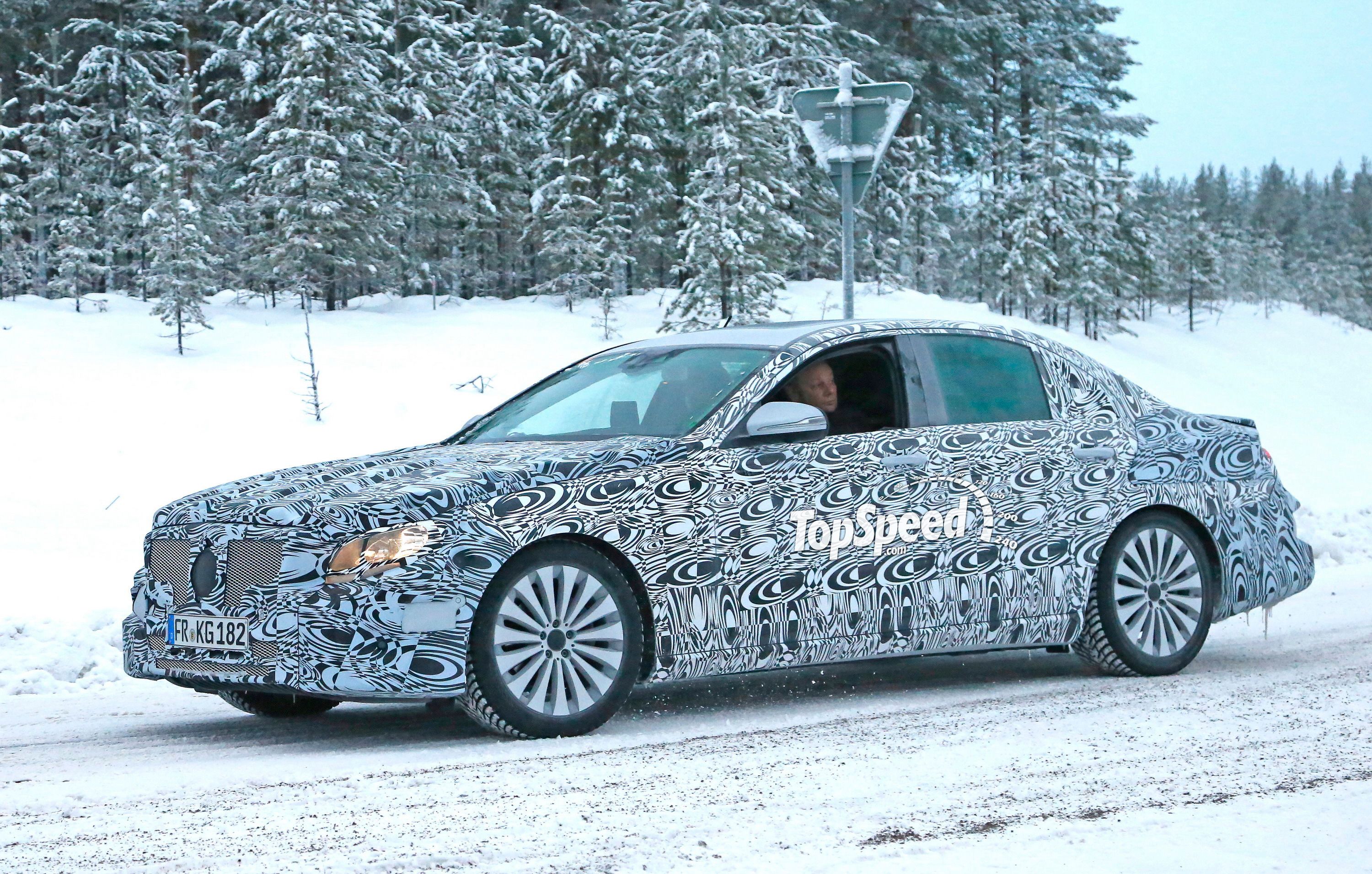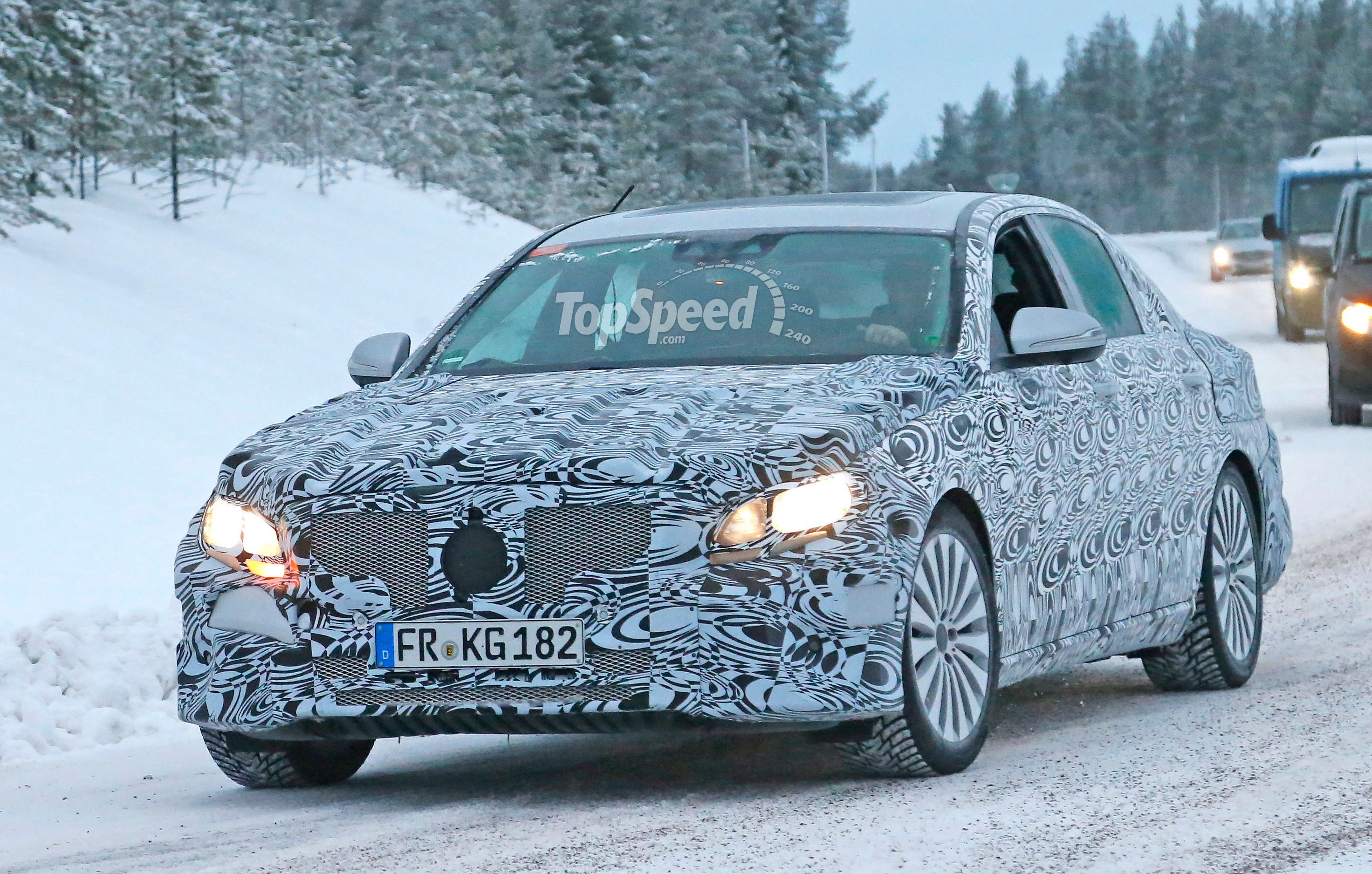For many years the bread and butter of the Mercedes-Benz lineup in terms of sales, the E-Class is now at its fourth generation using this name, but its predecessors date as back as 1953, when the Mercedes-Benz W120 and W121 "Ponton" models were also the mainstay of German taxi companies. With both the 2014 S-Class and the 2015 C-Class having been replaced by entirely new generations in the last year and a half, the current E-Class W212 is now the oldest sedan in the Mercedes-Benz range, albeit it received what was arguably the most expensive mid-cycle facelift ever back in 2013. Still, Mercedes-Benz is hard at work developing the W213 generation of the car, with its launch expected to take place in 2016.
Most of its caveats, such as the somewhat older-looking switchgear and an overall look which is not exactly in line with the current Mercedes-Benz design language, are expected to be more than rectified when the W213 generation arrives in 2016. A plug-in hybrid variant is also in the works along the regular hybrid models.->ke147
Click past the jump to read more about the future Mercedes-Benz E-Class Plug-In Hybrid.
2017 Mercedes-Benz E-Class Plug-In Hybrid
- Make: Array
- Model: 2017 Mercedes-Benz E-Class Plug-In Hybrid
- [do not use] Vehicle Model: Array
Spy Shots
December 18, 2014 - Mercedes-Benz E-Class Plug-In Hybrid Begins Winter Testing
Exterior
With Robert Lesnik having been promoted to head of exterior design at Mercedes-Benz at the start of 2014, and having personally led the design of the C-Class, S-Class and the S-Class Coupe, it is expected that the exterior of the upcoming 2016 E-Class will also be touched by his magic pen. Despite having received a rather extensive facelift in 2013, the current E-Class is still not 100 percent in line with the current Mercedes-Benz design language, so its successor should most likely change that completely.
Those who criticized the new C-Class for looking a bit too similar to the S-Class are in for a not-so-good surprise, as the upcoming 2016 E-Class will also benefit from a strong visual connection with its two sedan brothers. Critics should be reminded that this isn't the first time that Mercedes-Benz has marched on a strikingly common design theme among its three main sedan lines. Just take a look at each its three main product lines from the late 1950s until the mid 1990s, compare them visually and you will see what I'm talking about.
Robert Lesnik and the current head of Mercedes-Benz design, Gorden Wagener, seem to want to follow in the footsteps of the great Bruno Sacco, who coined the "vertical and horizontal affinity" while head of styling for the three-pointed star brand. In short, a Mercedes-Benz should be recognized from a thousand cars and all models in the lineup should follow a common styling image from that very reason. That is why for some people, the upcoming E-Class will probably look like either a smaller S-Class or a larger C-Class with slightly different design details. The plug-in hybrid variant will look quasi-identical to the regular models, with the exception of an extra fuel cap on the rear, where the charger socket will be positioned, and minor aerodynamic improvements.
Interior
While fitted with most current high-tech features of other modern Mercedes-Benz models, the interior of the 2015 E-Class looks quite a bit dated, even when compared to the smaller C-Class. This is somewhat normal considering that it was unveiled in 2009 and its development obviously took place even earlier than that. With both its smaller and bigger brothers arguably having the best interiors in their segments and following an all-new design and quality direction, it is expected that the upcoming E-Class should also introduce a paradigm shift in terms of interior ambiance.
Whether because a lot of fans criticize the free-standing center screen in most modern Mercedes-Benz models or simply because of a technical requirement, it seems that the new generation of the E-Class will sport a center console more in line with what is found in the S-Class and its coupe variant. In other words, expect two closely situated wide screens to offer all the information that the driver and front passenger need, with the battery charge, range and optimized driving modes being among them.
Drivetrain
As the next generation of the E-Class will also be based on the MRA (Modular Rear-wheel drive Architecture) platform, a decent amount of weight loss compared to the current variant is to be expected. If the C-Class can be taken as a good example, the E-Class should be up to around 220 pounds lighter than the 2015 model.
Since the plug-in hybrid will also have a larger battery to carry compared with today's E-Class hybrids (E300 BlueTec Hybrid or E400 Hybrid), its overall weight should be close with that of the V-8 model. Speaking of engines, an all-new range of modular inline-six engines, which run on either gasoline or diesel fuel, are currently in development. Their modularity is said to be taken to such a level that both diesel and gasoline variants can be built on the same line, while many parts such as bore and stroke will be common with today's four-cylinder mills.
It is not yet clear if the future E-Class Plug-in Hybrid will go the S500 Plug-in Hybrid or the upcoming C350 Plug-in Hybrid route. As some of you know, the S500 Plug-in Hybrid sports a twin-turbocharged V-6 paired with an electric motor, while next year's C 350 Plug-in Hybrid will use a turbocharged four-cylinder combined with an electric motor. Either way, the future E-Class Plug-in Hybrid is expected to offer an all-electric range of around 20 miles, while the combined fuel economy should sit at around 80 mpg.
Prices
Naturally, it is a bit early to give an exact starting price for the plug-in hybrid variant of the future E-Class, but the speculation can be helped by the current S500 Plug-in Hybrid's pricing in relationship with the other variants. With that being said, you should expect the 2017 E-Class Plug-in Hybrid to cost about the same as the E500 model, or a little over $70,000 MSRP, while offering less cylinders but a much, much better fuel economy and somewhat similar performance.
Competition
BMW 5 Series Plug In
Set to also be launched sometime in 2016, the next generation of the BMW 5 Series will offer a plug-in-hybrid variant as well, with its technology most likely derived from the recent BMW X5 eDrive Concept. Featuring what some would say better positioning of the electric socket cap -- nearer to the front of the car -- will probably be the only actual advantage compared with the future E-Class Plug-in Hybrid. Other than that, performance and fuel economy should be quite similar, with design and brand image being the only other two points which differentiate the cars.
By the time both reach the market, Audi may finally jump on the plug-in-hybrid bandwagon as well, though nothing is confirmed as of yet and next-gen pre-production prototypes of the Audi A6 (C8) are non-existent. In other words, Mercedes-Benz will only battle BMW in this segment, at least in the beginning, while other competitors such as Jaguar and.or Lexus may soon follow.
Conclusion
From a technical point of view, the future Mercedes-Benz E-Class Plug-in Hybrid should be nothing short of a technical marvel. If the current S500 Plug-in Hybrid is anything to go by, such a variant will offer similar performance to a V-8 sports sedan, while the fuel economy will be better than that of a tiny smart fortwo or a non-plug-in hybrid Prius. All that, plus the comfort and space of a midsize luxury sedan makes for a pretty impressive package, if you ask us.
It won't be alone in this all-new segment, with BMW hot on its tail with a similar version of the next 5 Series, but competition is always good for the business and especially for customers. Until we run out of oil and we will all drive cars powered the same way as our home appliances, plug-in hybrid technology is a pretty decent way of prolonging the offer of internal-combustion engines by some car manufacturers, don't you think?

